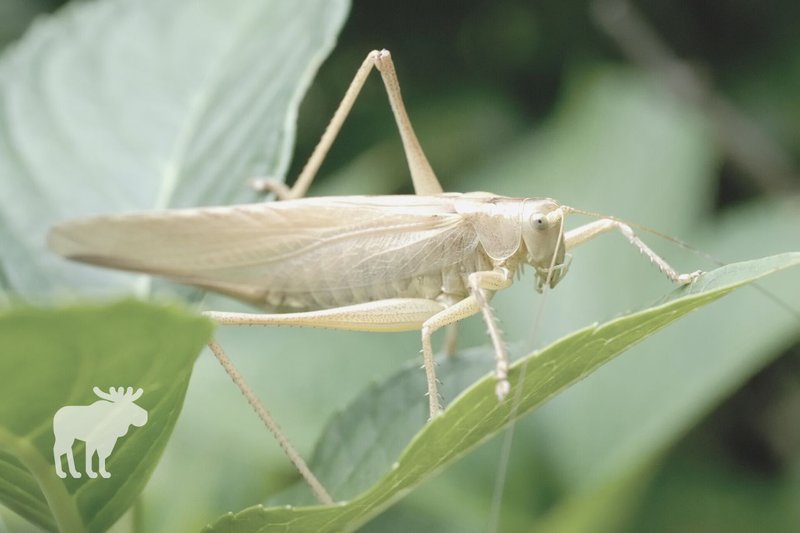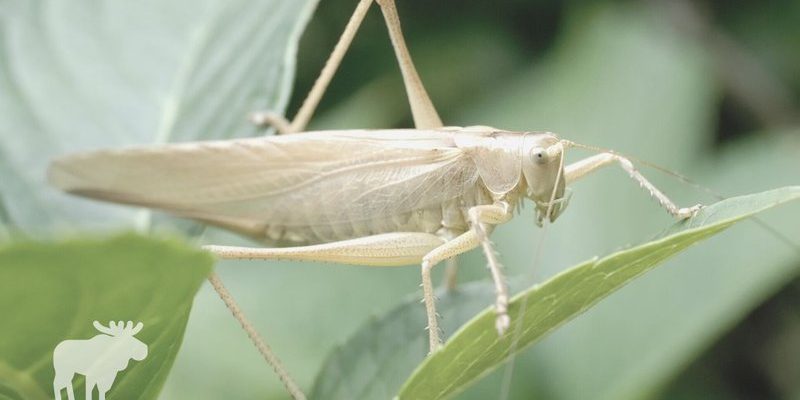
Imagine being a grasshopper for a moment: you’re just trying to find the best blade of grass to munch on, but everywhere you go, there’s a hungry creature just waiting for a chance to make you their next meal. From birds swooping down to snakes slithering through the grass, life as a grasshopper is anything but easy. In this article, we’ll explore the various threats to grasshoppers and how they adapt to survive in a world filled with predators.
The Main Predators of Grasshoppers
Grasshoppers face a variety of predators in their natural habitats. These predators can range from birds to mammals, and each poses a different level of threat.
- Birds: Many birds, such as sparrows and robins, actively hunt grasshoppers. They have sharp eyesight and quick reflexes, making them proficient hunters. When grasshoppers hear a bird call, they often freeze in place, hoping to blend in with their surroundings.
- Insects: Certain insects, like spiders and dragonflies, are also threats to grasshoppers. They can strike with lightning speed and capture grasshoppers in their webs or with their powerful jaws.
- Mammals: Small mammals, like mice and shrews, enjoy snacking on grasshoppers when they can find them. These mammals tend to hunt during dusk or dawn when grasshoppers are active but less alert.
Here’s the thing: while grasshoppers have evolved to blend in with their environments, many of these predators have become equally skilled at hunting. Birds, for example, have excellent vision, which allows them to spot a grasshopper hiding among the leaves. This constant battle for survival is a key part of the grasshopper’s life.
The Role of Camouflage
To escape from predators, grasshoppers rely heavily on their ability to blend into the environment. Their green or brown coloring helps them stay hidden among grass and foliage. Think of it like a game of hide-and-seek in nature where the best hiders survive longer.
Camouflage isn’t just about color; it can also involve texture. Some grasshoppers can even mimic the look of twigs or dried leaves. This ability makes it hard for predators to spot them, giving them a better chance of staying alive.
However, the effectiveness of camouflage can be influenced by seasonal changes. In spring, grass is vibrant green, while in autumn, it might turn yellow or brown. Grasshoppers that change color with their environment can stay one step ahead of predators.
Behavioral Adaptations
Grasshoppers have developed some clever behaviors to avoid being eaten. For example, many will stay still when they sense danger. Instead of running away, they try to become part of the landscape. This can be a smart strategy, especially against birds that rely on movement to spot their prey.
Additionally, grasshoppers are known for their impressive jumping skills. When they feel threatened, they can leap several feet away in an instant. This quick getaway can be the difference between life and death.
Grasshoppers also tend to have a strong sense of awareness about their surroundings. They are always on the lookout for changes in their environment, like the shadow of a bird passing overhead. Honestly, this level of awareness is crucial for them to survive in a world full of predators.
Impact of Environmental Factors
The environment can play a significant role in the threats grasshoppers face. Changes in weather, habitat destruction, and food availability can lead to fluctuations in predator populations and, thus, in grasshopper survival rates.
During dry spells, for example, food becomes scarce, making grasshoppers more susceptible to predation as they search harder for food. If a grasshopper is more focused on finding something to eat, it might be less observant and more vulnerable to predators.
Moreover, habitat loss due to urbanization and farming can disrupt the balance between grasshoppers and their predators. When grasshoppers lose their natural habitats, they often end up in more open areas where they can be easily spotted by birds and other hunters.
Natural Predators in Agricultural Settings
Grasshoppers are often seen in agricultural areas, which can bring them into direct conflict with farmers. Unfortunately, these grassy patches can also be hotspots for various predators.
In these settings, farmers might notice an increase in bird populations, which can significantly impact grasshopper numbers. Birds attracted to crops can lead to a natural reduction in grasshopper populations, creating a sort of ecosystem balance.
However, while these predators are beneficial in controlling grasshopper numbers, they can also cause problems for farmers, especially during peak grasshopper seasons. This brings up an interesting point about nature—sometimes, what works for the ecosystem can feel counterproductive for human endeavors.
The Effects of Pesticides
One major threat to grasshoppers isn’t a predator at all—it’s humans! The use of pesticides in agriculture can have devastating effects on grasshopper populations. These chemicals not only kill harmful insects but can also wipe out essential grasshopper populations, leading to imbalance in the ecosystem.
When grasshoppers are exposed to pesticides, they may experience lethargy, disrupted growth, or even death. It’s a bit of a double-edged sword: while pesticides help protect crops, they also harm the very creatures that are part of the food chain.
Farmers who rely heavily on pesticides may find themselves facing an increase in pest populations in the long run. A diverse ecosystem, including grasshoppers, is vital for maintaining a healthy agricultural environment.
Grasshoppers lead a life filled with challenges, from predators lurking nearby to environmental factors threatening their survival. Their ability to adapt, whether through camouflage or behavioral tactics, is a testament to their resilience. These little insects play a crucial role in ecosystems, contributing to the food web and serving as food for various predators.
Understanding the threats grasshoppers face can help us appreciate these insects more and the delicate balance of nature. Every creature, big or small, has its place in the world, and grasshoppers are no exception. So next time you spot one hopping around, remember the hidden dangers they face daily and the remarkable ways they strive to survive.

